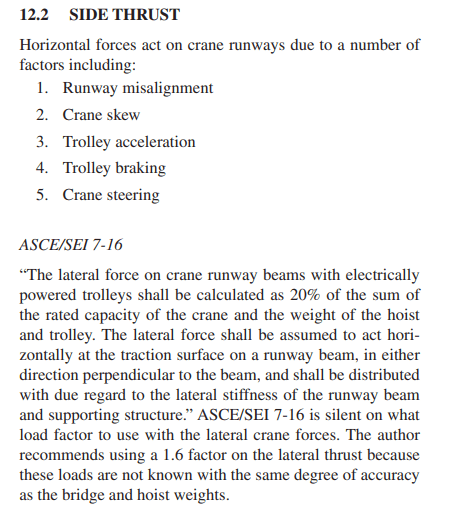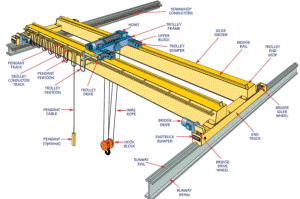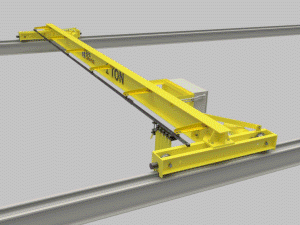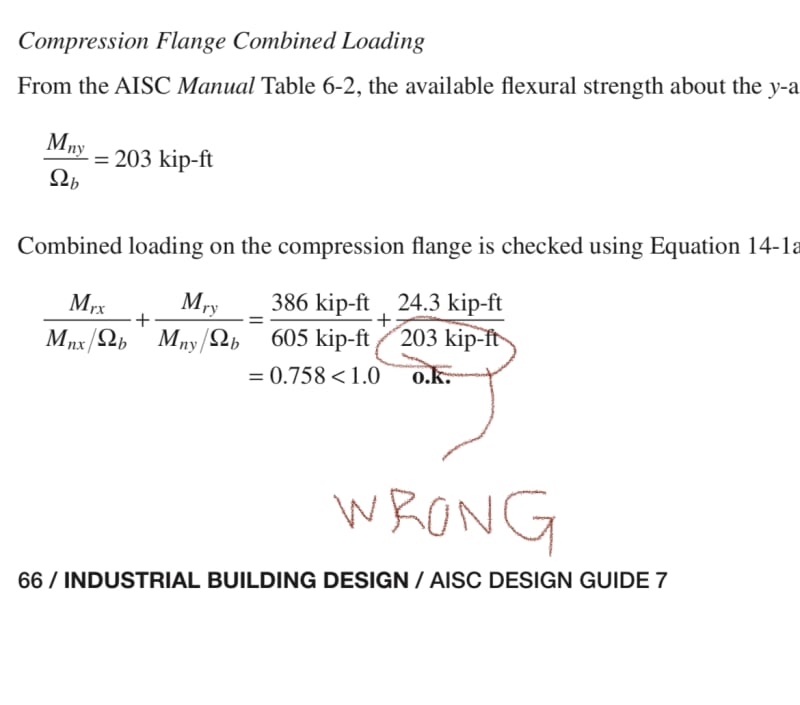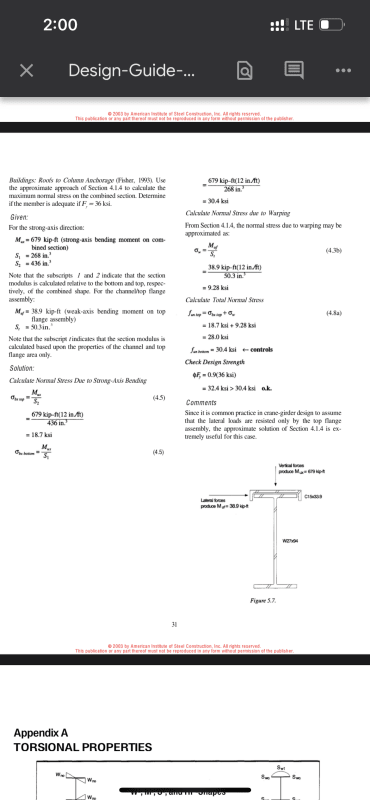Hello guys,
I'm studying AISC's Design Guide 7(Industrial Buildings Design) and i have a question about a design example of the Guide. The question is about Weak-axis flexure in the example 14.1.1. I undersand that, since the transverse impact occurs on the top flange only this flange can be counted upon for strength and deflection. For the deflection calculation, the moment of inertia of the section is halved, which i consider correct, but the bending strength is not. The guide considers the full strength of the section.
Is the solution wrong or is there something that i'm getting wrong?
Thanks.
I'm studying AISC's Design Guide 7(Industrial Buildings Design) and i have a question about a design example of the Guide. The question is about Weak-axis flexure in the example 14.1.1. I undersand that, since the transverse impact occurs on the top flange only this flange can be counted upon for strength and deflection. For the deflection calculation, the moment of inertia of the section is halved, which i consider correct, but the bending strength is not. The guide considers the full strength of the section.
Is the solution wrong or is there something that i'm getting wrong?
Thanks.

